Latin name: Castanospermum
Category: legumes
Origin: Australia
Castanosperium - evergreen tree
In Australia, Castanosperium is called the black bean because of its conspicuous dark seeds. Tropical rainforests are the habitat of the plant. Under natural conditions, it reaches a maximum height of forty meters. Black chestnut grows as an evergreen tree. The strong trunk is covered with dark brown bark. The leaf blades contain an opposite order. Dark green foliage or dark emerald with a glossy surface. Oval or lanceolate leaves pinnate in length from 30 to 45 cm.
During the flowering period May-August, the trees form dense inflorescences on young branches. The orange-yellowish or yellowish-red flower petals form a moth-like corolla 3 to 4 cm long. The corolla contains long stamens with a five-petal calyx.
At home, a miniature ornamental tree grows no more than three meters. Indoor chestnut is not suitable for all apartments, because the leaves and fruits have toxic substances - saponins.
When grown at home, a flowerpot with castanosperium should be placed in places inaccessible to children, as the plant is poisonous.
The seeds of the plant are considered poisonous, but if soaked in water or fried and ground, they become edible.
A pod in length from 10 to 25 cm, is formed in the period of fruit ripening. The fruit contains a dense and rough surface. The inside of the fruit consists of dark-colored seeds in an amount of 2 to 5 pieces, their length is only 35 mm.
When growing indoor chestnuts at home, the fruits are not tied, there is no flowering. The plant grows very slowly. Castanosperium has a characteristic feature - near the base of the trunk on the substrate layer, large cotyledons are formed. In appearance, the cotyledons are similar to the union of two halves of a chestnut.
Pruning helps plants form young branches, so indoor chestnut is often used to decorate the interior, resorting to the bonsai style.
A representative of this genus for growing at home is the southern castanosperium. Under natural conditions, the plant reaches a gigantic height, but at home - much less. Often, several indoor chestnuts are planted in a flowerpot.
The plant, like other representatives of legumes, is able to absorb nitrogen from the environment.
Castanospermum is grown for chic decoration of gardens and streets. Wild chestnut is a very durable wood. It is used in the manufacture of furniture, carving, panels and other joinery. A powerful root system strengthens the soil from erosion.
Indoor chestnut decorates the interior of the premises with the help of exotic cotyledons and a beautiful green shade of glossy foliage. Castanosperium a flower with leaves like a chestnut cannot be confused with other houseplants. Rare and unusual growth from a large bean, as well as brilliant foliage and a reputation as a rare and valuable plant, flower growers are very attracted.
Castanospermum care at home
To preserve the plant at home for many years, conditions similar to natural are necessary. Due to this pattern, the bushes are of little use for growing at home.
Location selection
It is recommended to place the plant on an east or west windowsill.
Lighting
The bush in the summer needs shading from the sun in order to prevent leaf burns. In winter, the plant requires additional illumination, for this we use an ultraviolet lamp. With a lack of lighting, foliage will crumble from the bush, and it will also stretch out and hurt.
Temperature
The plant is heat-loving, so lowering the temperature below 10℃ is fatal. The most suitable temperature regime is not lower than 20℃ year-round. In the summer, the bush should be moved to the balcony or garden, while not forgetting to control the night temperature. The plant withstands being in a draft in the summer, but the rest of the time it is recommended not to allow it.
Humidity
High humidity is a necessary condition for the good development of the plant, so frequent spraying and moistening should be carried out. It is recommended to place a container next to the flowerpot in which wet expanded clay is poured.
Abundant watering is simply necessary, but without stagnation of water in the flowerpot, as it can provoke rotting of the root system. Short-term drought will not harm the plant. In summer, the bush should be watered once every two days, in winter we water it when the top soil ball dries up to 1.5 cm.
The soil
Neutral, loose soil texture - essential for indoor chestnut. For self-preparation of the soil mixture, take sod and deciduous soil, compost and sand are equally distributed. It is possible to add baking powder, one of these components is coconut fiber.
Fertilizer
It is not recommended to feed the plant at the very beginning of growth, for several months. With active development in spring and autumn, frequent feeding is done to the plant. It is more correct to feed the bush weekly. Fertilizer suitable for plants - humic, organic universal.
Transfer
Indoor chestnut is recommended to pick up tall and spacious flowerpots. Transplantation to the plant is done in the spring by the method of transshipment and only after the separation of the bean. Black chestnut does not tolerate this procedure well.
It is recommended to transplant the plant once every two or three years. The reason for the transplant is the depletion of the soil, the cotyledons lose all the nutrients. Indoor chestnut must be watered and removed from the soil, and then transplanted into a larger and higher flowerpot, carefully without damaging the root system.
The time of transplanting indoor chestnut is yellowing and dropping leaves.
Reproduction
The plant reproduces by seeds. Before planting, you need to soak the seeds in warm water for twenty-four hours. They should be planted in moist soil, without deepening the seeds to a great depth, because the lack of fresh air contributes to decay. After one or one and a half months, it will be possible to see the germination of the first sprout, while it is necessary to maintain the temperature regime no more than 26℃.
Indoor chestnut pests
Pests of the plant consist of mealybug, thrips, spider mites, scale insects. To combat them, you need to use insecticides.
Difficult moments of growing indoor chestnut
- Pale leaves - lack of lighting.
- Slow growth - the wrong frequency of top dressing.
- The tips of the leaves dry - insufficient moisture and a small amount of spraying.
- Yellowing of foliage - excessive lighting, it is necessary to shade the plant.
- Withering and falling leaves in winter - finding a flowerpot with a plant in a cold place.
- The appearance of light spots on the foliage is an excess of lighting.
- Root rot is excessive and constant moisture in the soil.
- The tips of the leaves are brown - dry air and lack of watering.




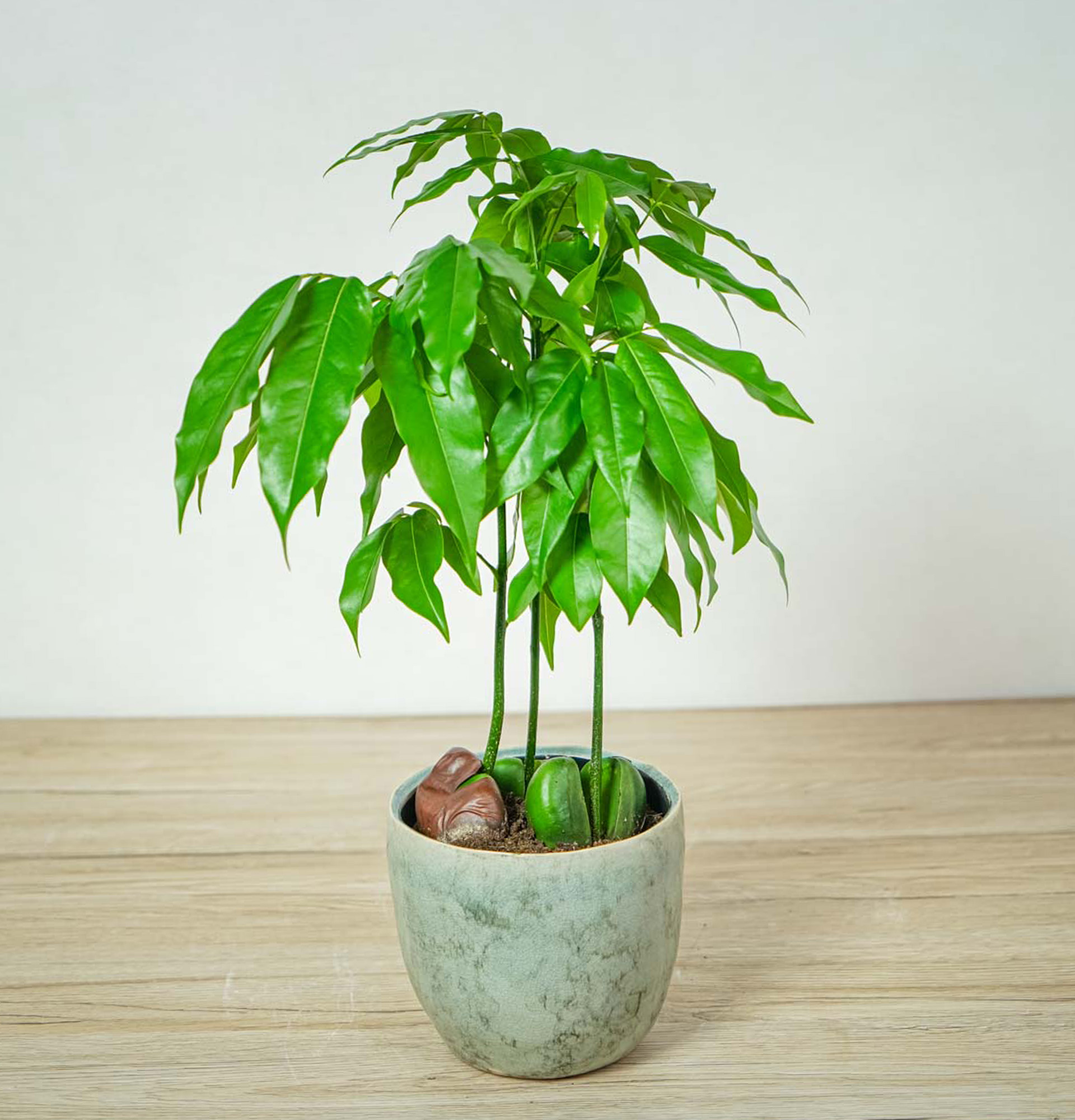










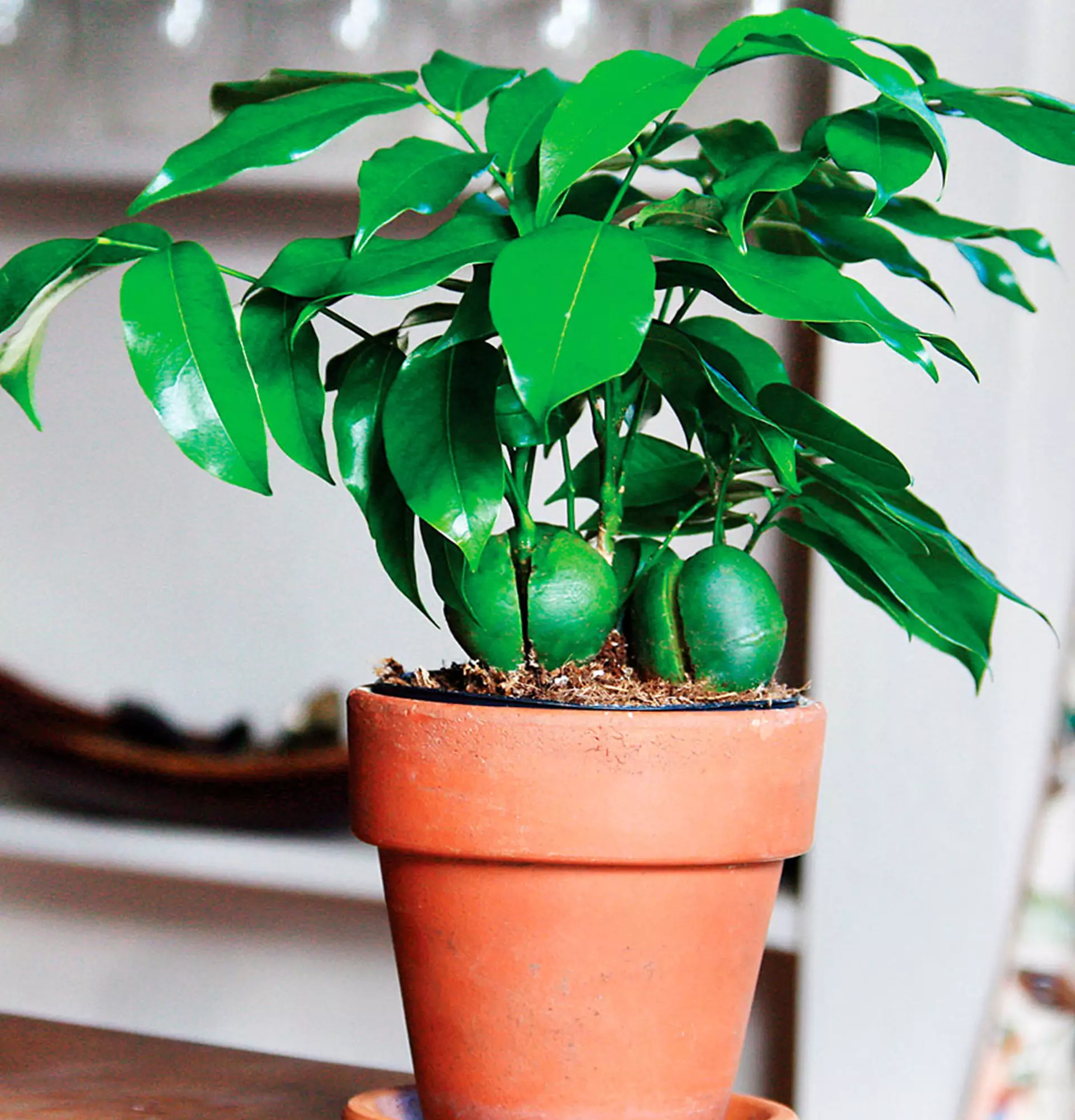
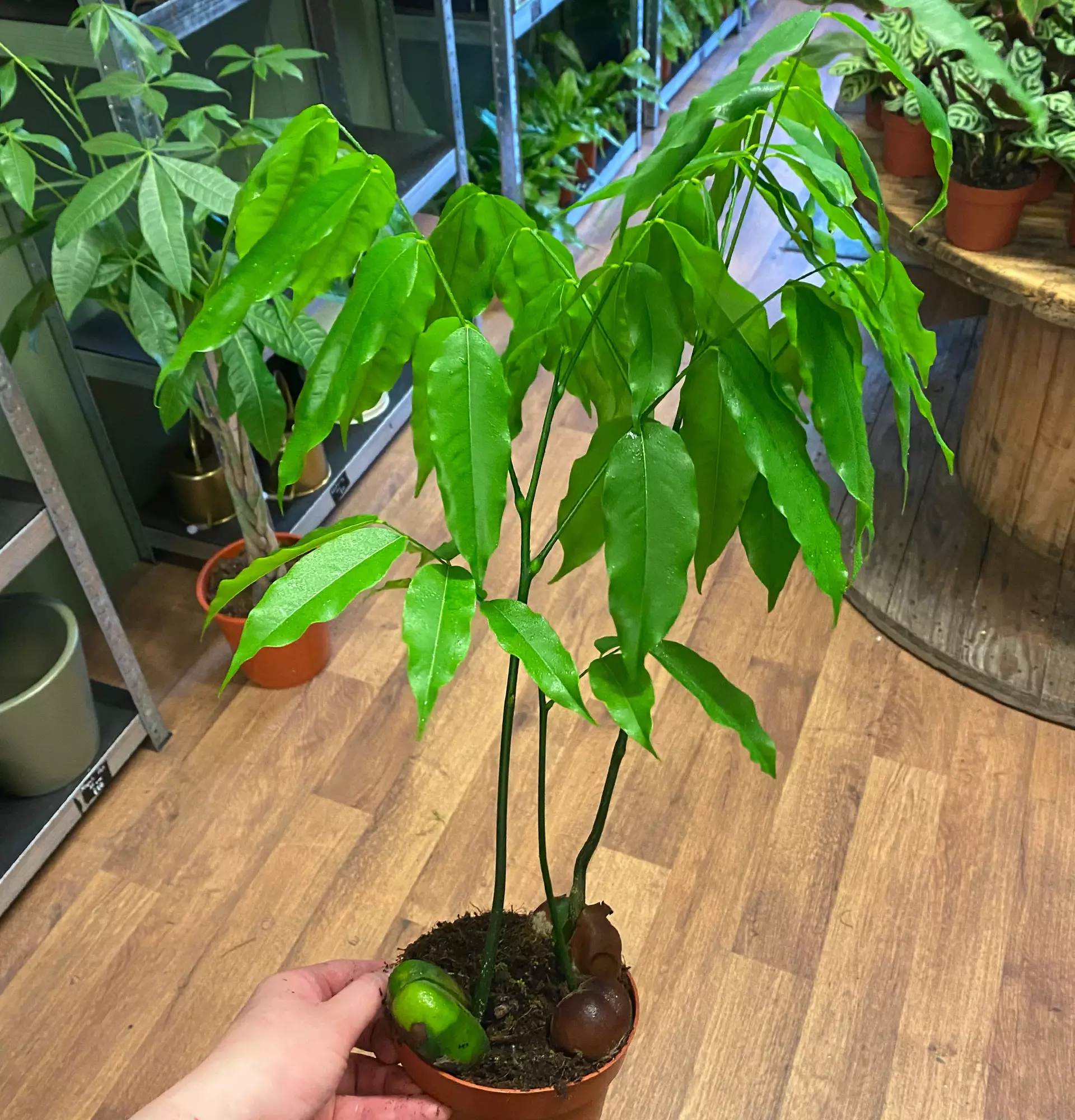
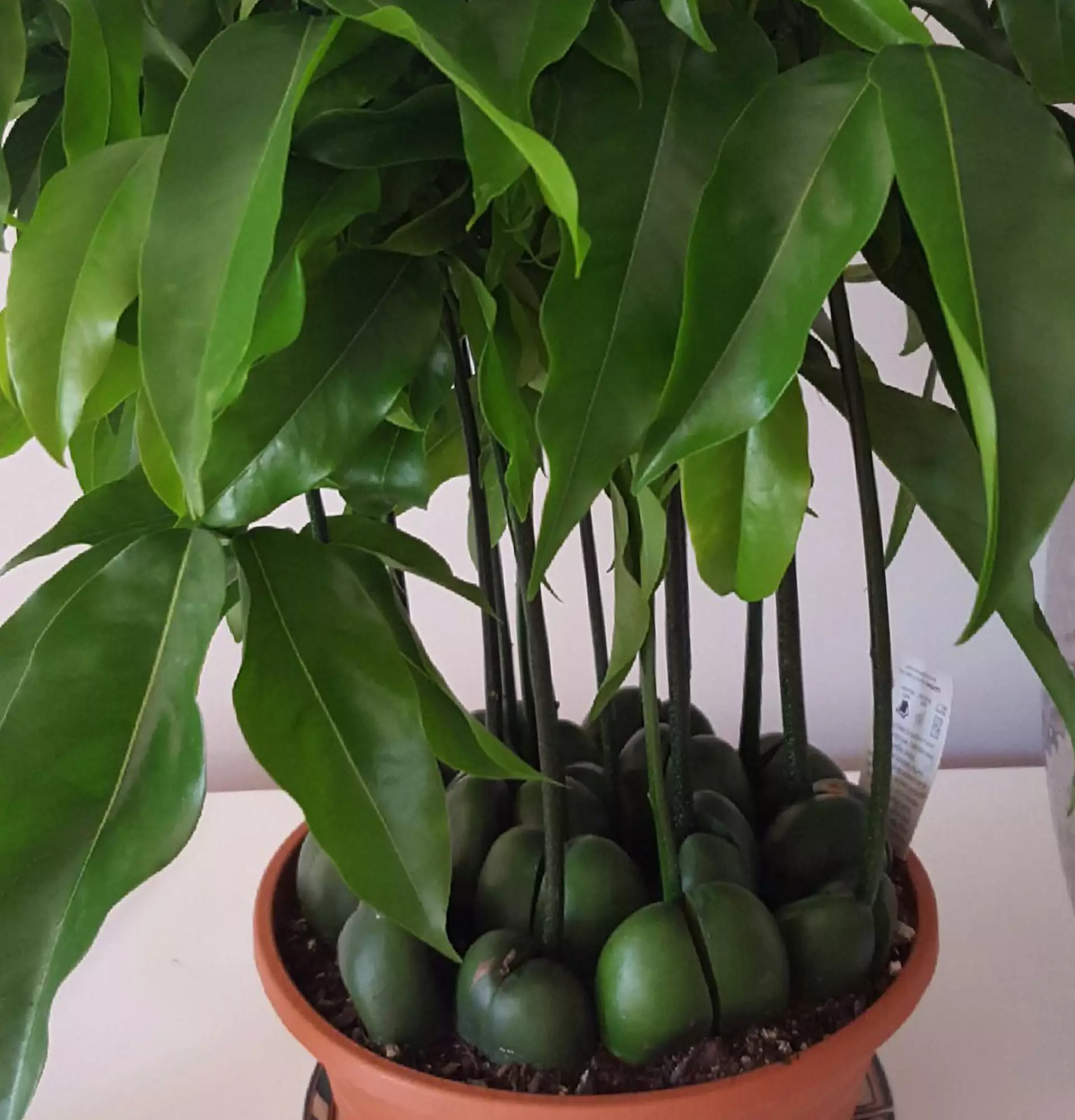
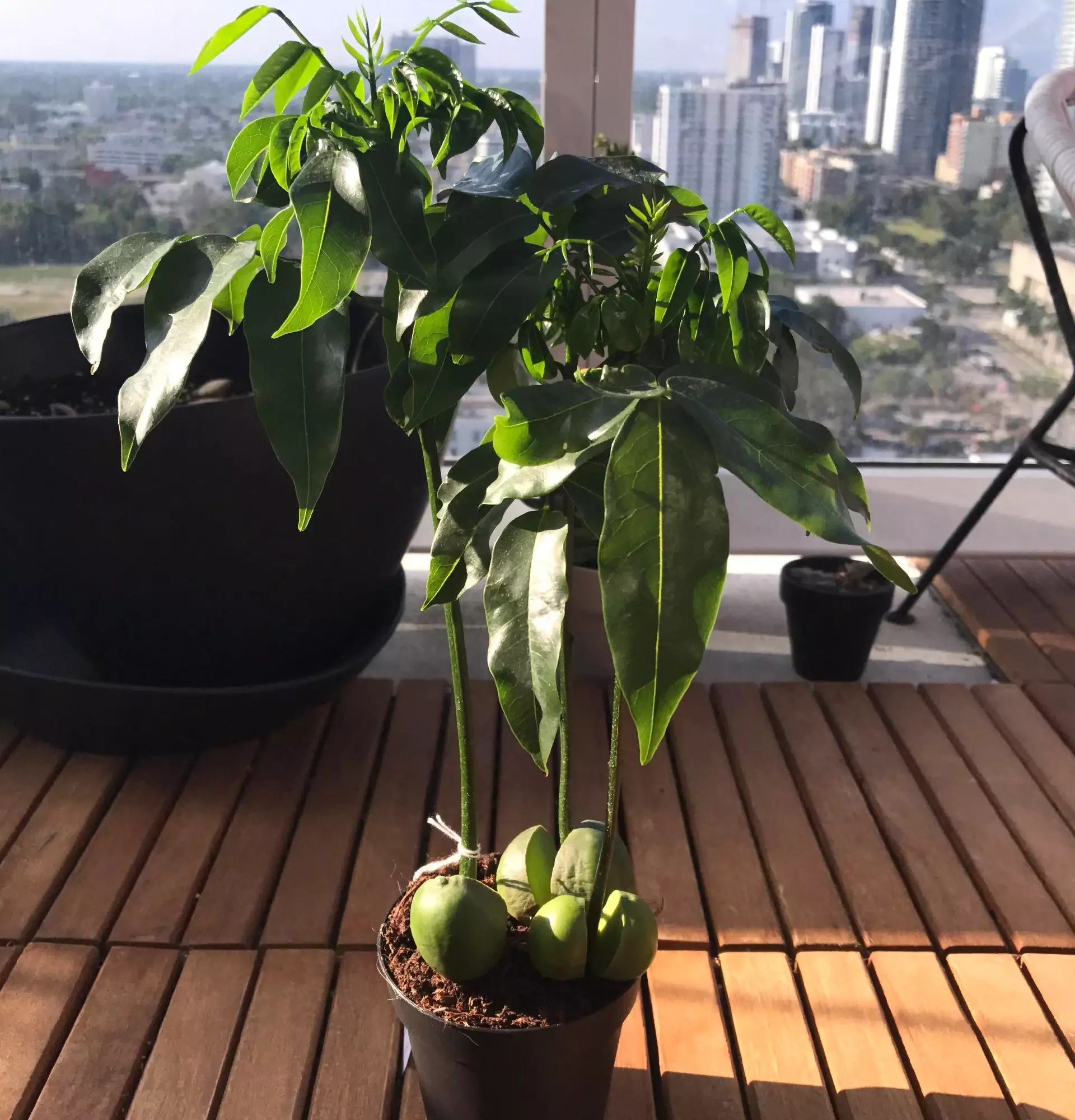
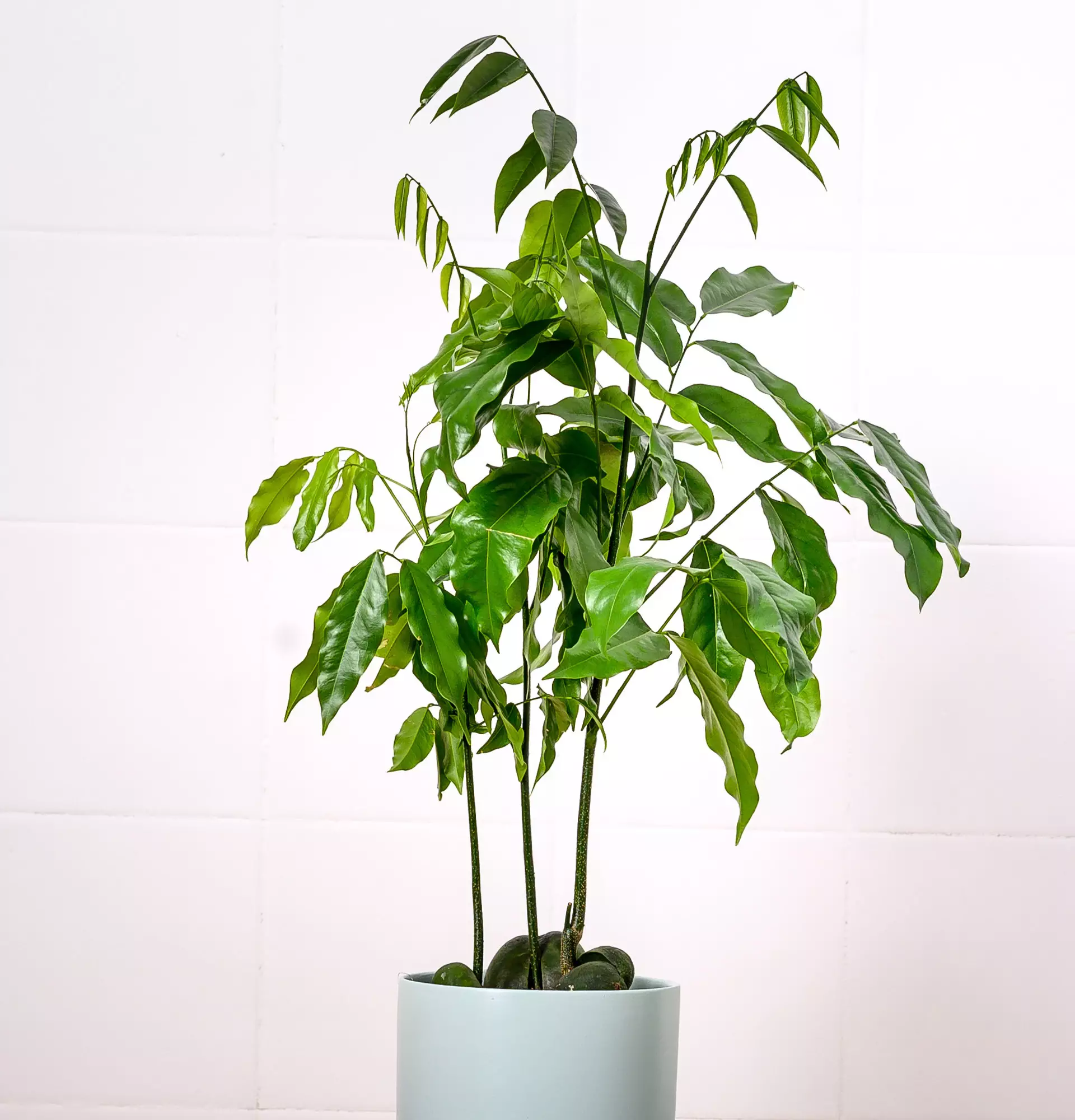
Write comments
Comments